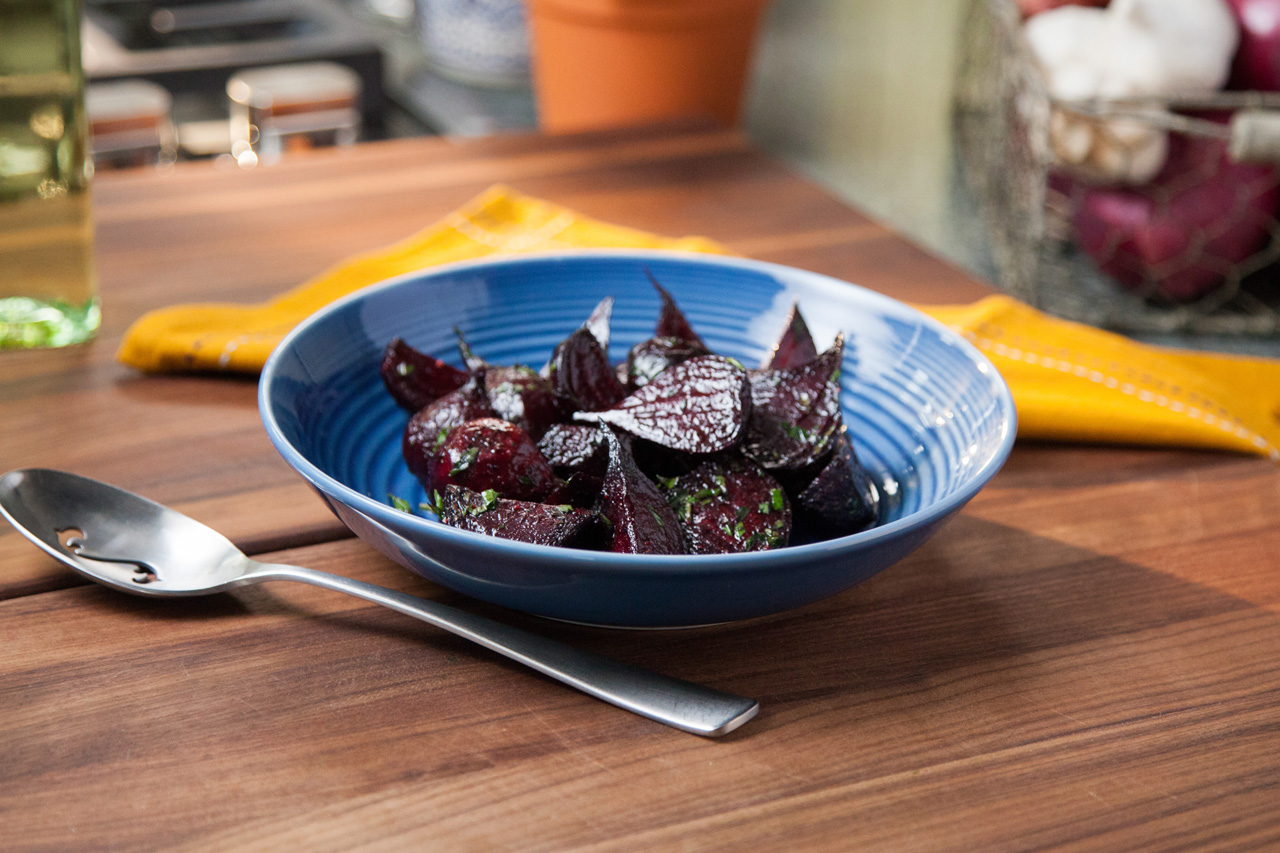
Sweater weather is near, but growing season is far from over. Just because the days are shorter and the temperatures are dropping, it doesn’t mean you have to abandon your garden. Want your very own harvest of autumn produce? Here are the fall vegetables you should consider and some recipes to try once they’re ready to pick.
Related: Ina Garten’s Most Comforting Casseroles
How to Grow Garlic
If you’re new to fall gardening, growing garlic is a good place to start. If you’ve ever wonder how to grow garlic, it can be easily planted mid-autumn in a sunny spot with soil that is well-drained. Separate the cloves and set them with the pointed end up and the root side down in rows that are at least one foot or 30 centimeters apart — and you should have some new bulbs by late fall. Take your freshly harvested garlic and roast it, pickle it or add it to your favourite dishes. Interested in growing garlic indoors? While you can’t grow bulbs if you don’t have any outdoor space, you can easily grow garlic greens in a pot on a sunny window ledge. In about 7 to 10 days, you can snip the greens and add them to soups, salads, baked potatoes and more.
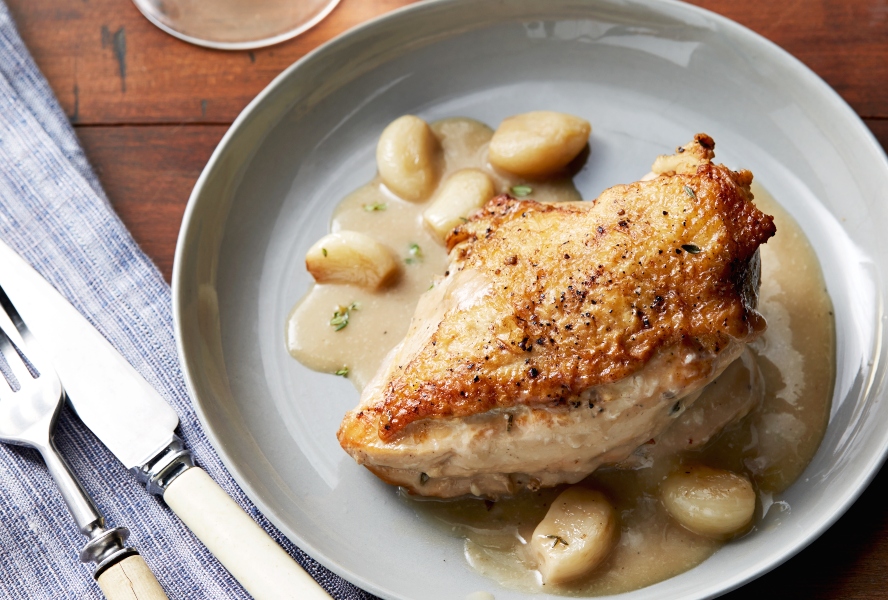
Get the recipe: The Barefoot Contessa’s Chicken With Forty Cloves of Garlic
How to Grow Cauliflower
It may be the most challenging vegetable in the cabbage family to cultivate, but fall is the perfect time for growing cauliflower. The secret is to start your seeds indoors about four weeks before you plan to plant them. Once the seedlings are ready, select a spot in your yard where they’ll get lots of light and be sure to water them so they grow quickly. Plant them outside when it’s between 18°C and 24°C for a late fall or early winter harvest. Once the florets are densely formed, the cauliflower is ready to harvest. Serve as a side dish with Sunday roast, toss it into a stir-fry or use it in a low-carb mac and cheese.
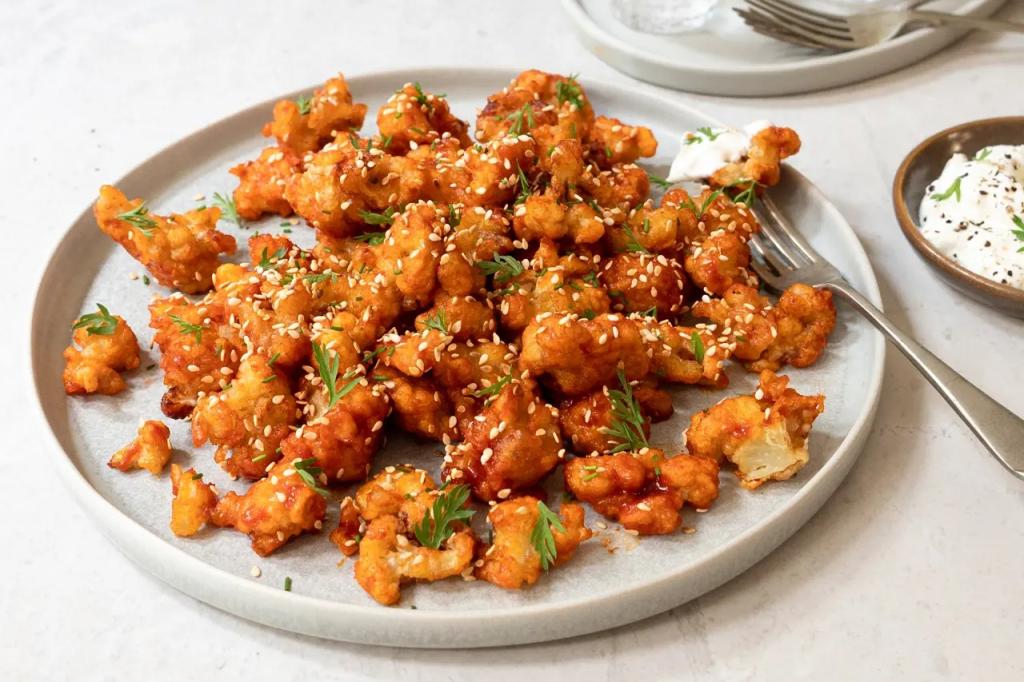
Get the recipe: Korean Gochujang Cauliflower Popcorn
How to Grow Beets
Beets are a fall harvest favourite that is best grown from seeds. Plant them in mid-summer or early fall — at least eight weeks before the first heavy frost — in an area with full sun and well-loosened soil. To speed up germination, soak the seeds in water for 24 hours before planting. After planting, add a thin layer of mulch to keep the roots cool on warmer days. When you’re growing beets, you’ll want to give them water regularly to develop healthy roots. Harvest when they’re anywhere from the size of a golf ball to a tennis ball. And don’t discard those greens! They’re packed with nutrients and a tasty whether sautéed on their own or added to pastas and soups.
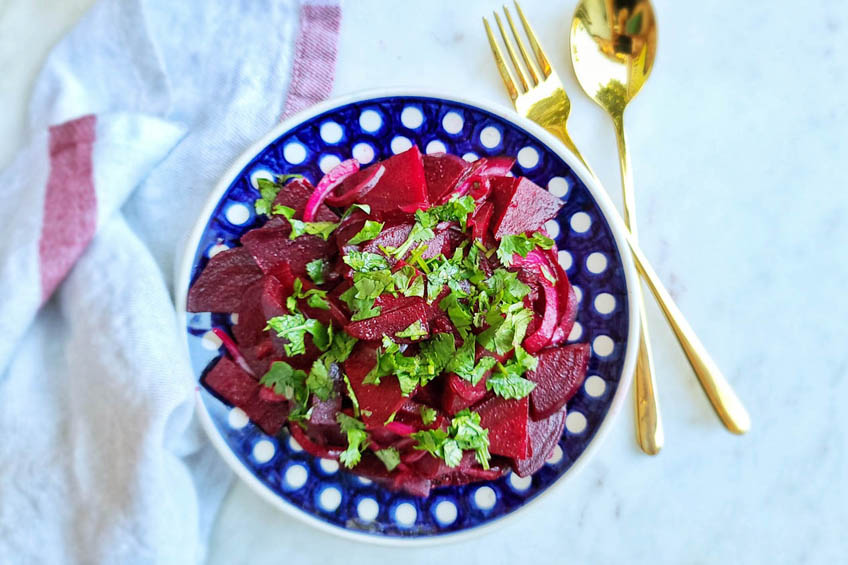
Get the recipe: Moroccan Beet Salad
How to Grow Brussels Sprouts
It takes patience to grow Brussels sprouts, but they are an easy crop that takes up minimal space in your garden. The seeds have to be planted six to 10 weeks before the first frost in rows three feet or 90 centimetres apart. Water them weekly and harvest after the first fall frost for the sweetest flavour. Twist them off the stem when you’re ready to cook them and any remaining sprouts will stay on the plants through part of the winter, even after the snow has begun. If you plant your seeds in the fall, don’t expect any sprouts until late winter or early spring. Roast them with bacon and maple syrup, shave them into a salad or even try them in your air fryer.
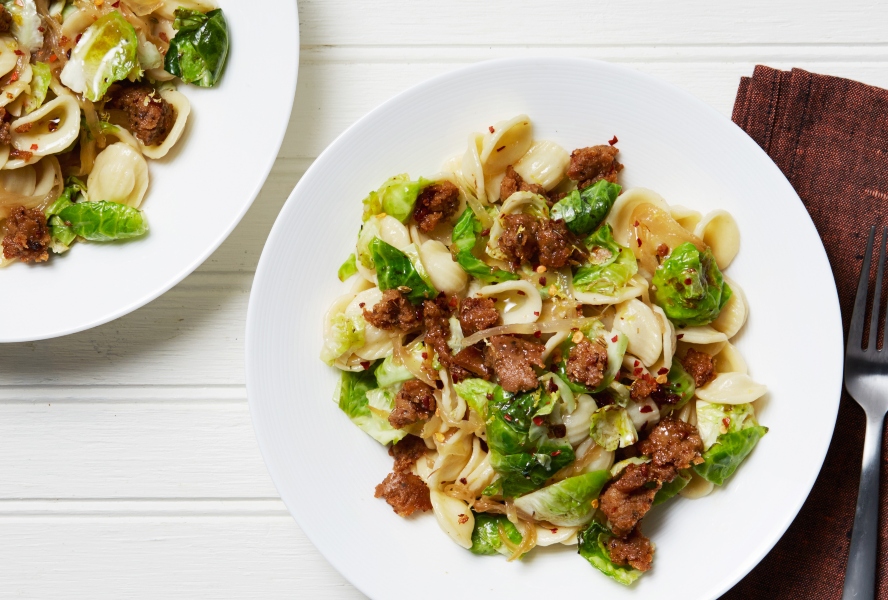
Get the recipe: Orecchiette With Vegan Sausage and Brussels Sprouts
How to Grow Broccoli
Growing broccoli takes time and extra care. You’ll have to plant the seeds in early fall, well before the first frost of the season. Plant them 18 to 24 inches or 45 to 60 centimetres apart in well-drained soil that gets at least eight hours of sun per day, ideally a partially-shaded area. There are so many ways to enjoy fresh broccoli, whether you include it in a sheet pan dinner or serve it steamed with melted Cheddar on top.
Related: Delicious Ways to Use Up Broccoli Stems
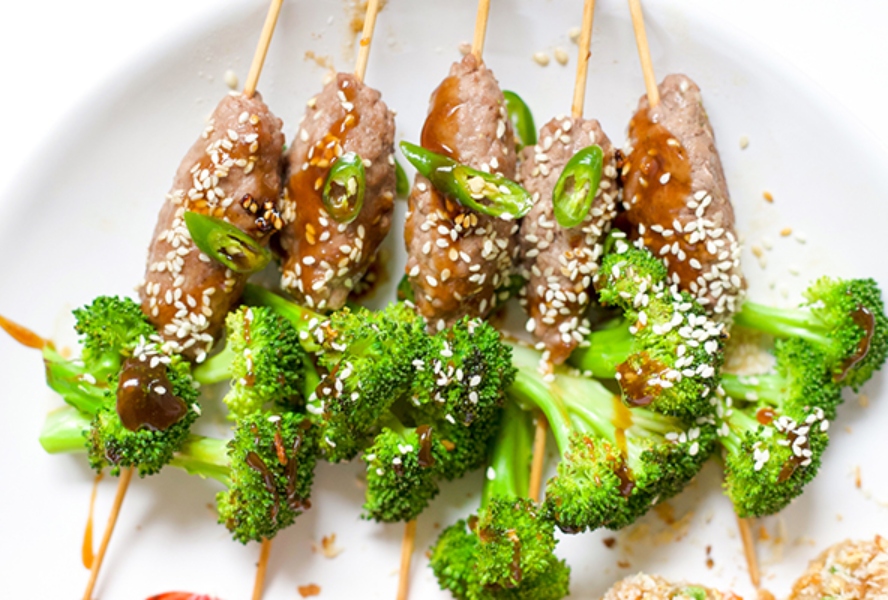
Get the recipe: Broccoli Beef Skewers With Teriyaki Glaze
How to Grow Pumpkins
Bright orange gourds and fall go hand in hand. Early June is the time to start thinking about planting as the seeds need warm soil to get started. They also need ample space for the long, rambling vines. Once planted, give them a deep watering of about one inch per week and adjust the amount depending on rainfall to prevent the vines from rotting. Once the pumpkins begin to grow on the vines, you’ll need to raise them off the ground using supports for even colouring and shape. If you have limited space, but still want to grow a pumpkin or two, plant smaller sugar pumpkins that are perfect for cooking and baking. They’re perfect for pies, cakes and soups.
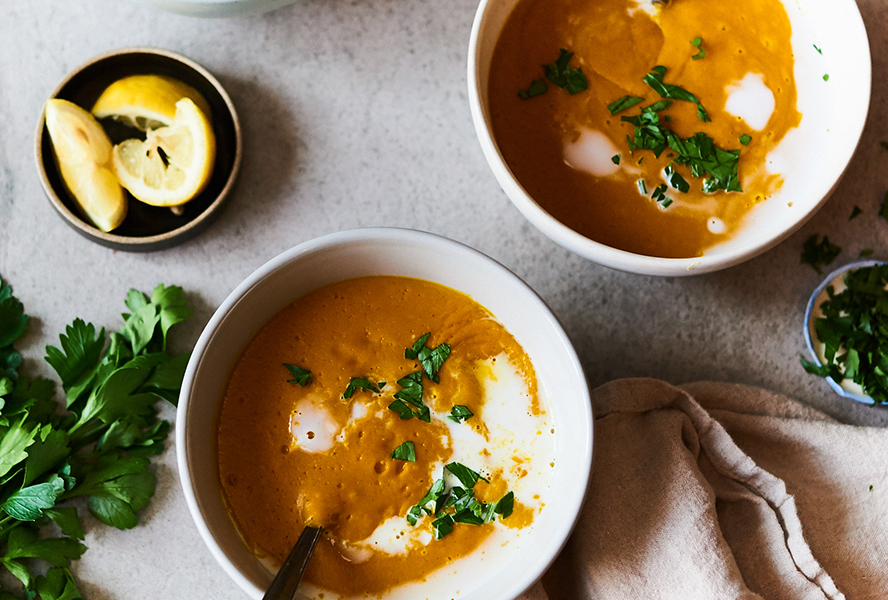
Get the recipe: Vegan Pumpkin Soup
See More: What’s in Season? Your Guide to Canadian Fruits and Vegetables
